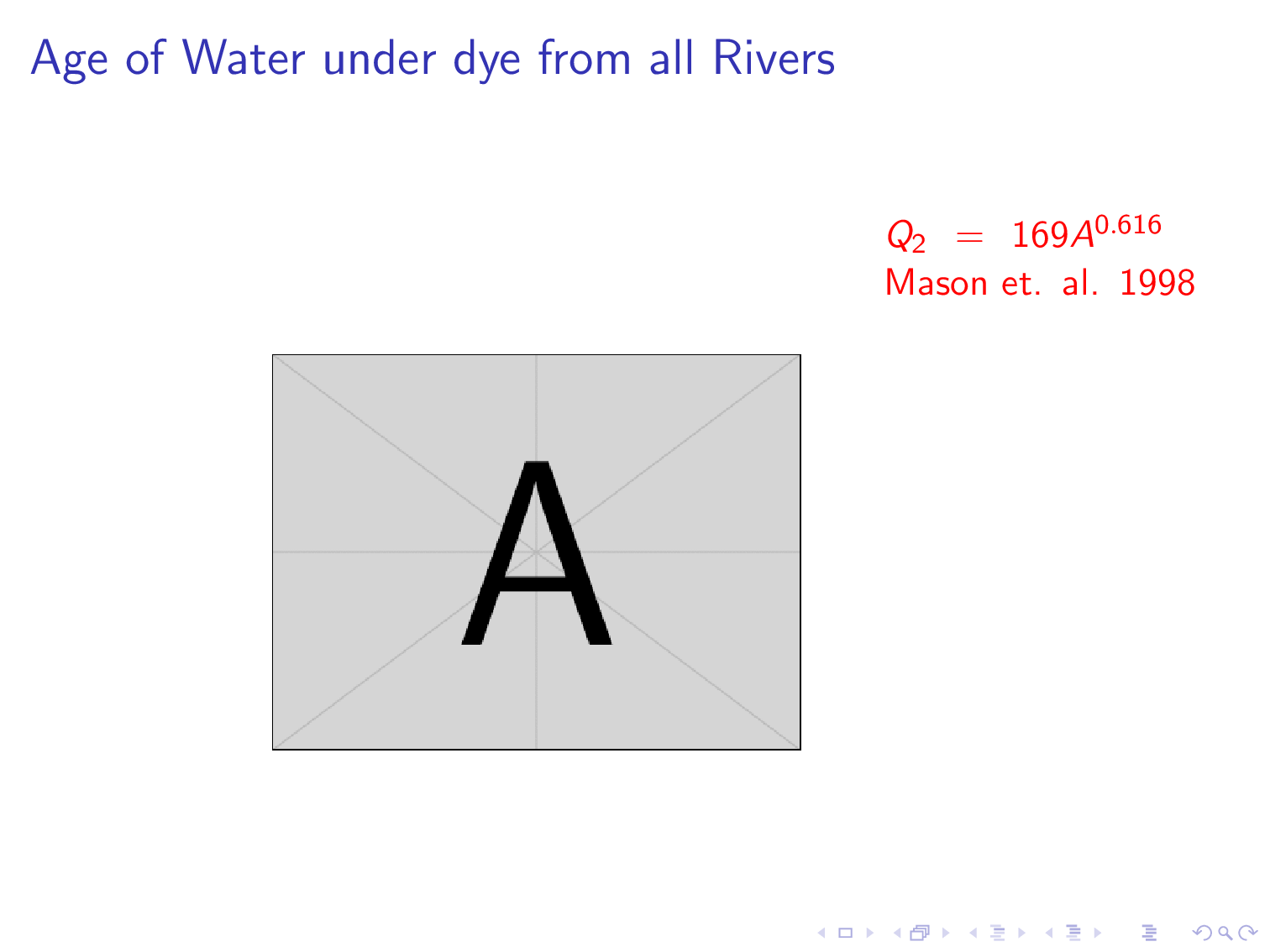UPDATE (08/03/18): This issue has been fixed in the latest version of the tikzmark package. The workaround proposed by cfr, using \beameroriginal to redefine the \tikzmark inside beamer environments, has now been incorporated into the tikzmark package. So this question now serves only a historical purpose.
Formerly, this worked, including with pgf version 3.0.1a:
\documentclass{beamer}
%\documentclass{article}
\usepackage{tikz,pgfplots}
\usetikzlibrary{positioning,calc,tikzmark}
\begin{document}
\begin{frame}\frametitle{A SLIDE}
meaningless filler\tikzmark{a}
\begin{tikzpicture}[overlay,>=latex,shorten >=1pt,->,remember picture]
% old preferred syntax for using tikz marks inside tikz pictures
\node (foo) at (1,-3) {\tikzmark{b}};
% new preferred syntax for using tikz marks inside tikz pictures
% \tikzmark{b}{(1,-3)}
\end{tikzpicture}
\begin{tikzpicture}[overlay,>=latex,shorten >=1pt,->,remember picture]
\draw[black] (pic cs:a) -- (4,-3);
\draw[black] (pic cs:b) -- (4,-3);
\end{tikzpicture}
\end{frame}
\end{document}
Now I've updated some packages–presumably including beamer–and it fails with the error "Cannot parse this coordinate." A little searching the interweb shows that the preferred way to use \tikzmark inside a tikzpicture is now \tikzmark{b}{(1,-3)}. Yet this fails also with the same error:
\documentclass{beamer}
%\documentclass{article}
\usepackage{tikz,pgfplots}
\usetikzlibrary{positioning,calc,tikzmark}
\begin{document}
\begin{frame}\frametitle{A SLIDE}
meaningless filler\tikzmark{a}
\begin{tikzpicture}[overlay,>=latex,shorten >=1pt,->,remember picture]
% old preferred syntax for using tikz marks inside tikz pictures
% \node (foo) at (1,-3) {\tikzmark{b}};
% new preferred syntax for using tikz marks inside tikz pictures
\tikzmark{b}{(1,-3)}
\end{tikzpicture}
\begin{tikzpicture}[overlay,>=latex,shorten >=1pt,->,remember picture]
\draw[black] (pic cs:a) -- (4,-3);
\draw[black] (pic cs:b) -- (4,-3);
\end{tikzpicture}
\end{frame}
\end{document}
On the other hand, the problem seems to be local to beamer, because this works:
%\documentclass{beamer}
\documentclass{article}
\usepackage{tikz,pgfplots}
\usetikzlibrary{positioning,calc,tikzmark}
\begin{document}
%\begin{frame}\frametitle{A SLIDE}
meaningless filler\tikzmark{a}
\begin{tikzpicture}[overlay,>=latex,shorten >=1pt,->,remember picture]
% old preferred syntax for using tikz marks inside tikz pictures
% \node (foo) at (1,-3) {\tikzmark{b}};
% new preferred syntax for using tikz marks inside tikz pictures
\tikzmark{b}{(1,-3)}
\end{tikzpicture}
\begin{tikzpicture}[overlay,>=latex,shorten >=1pt,->,remember picture]
\draw[black] (pic cs:a) -- (4,-3);
\draw[black] (pic cs:b) -- (4,-3);
\end{tikzpicture}
%\end{frame}
\end{document}
(And finally, for completeness, using \node (foo) at (1,-3) {\tikzmark{b}}; in the article class, but with the new packages, also fails, perhaps as expected.)
I dread trawling through the beamer class files. Is there something "obvious" I'm missing first?


Best Answer
Nested TikZ pictures are unsupported. Period. Sometimes they work, but they are expected to break.
\tikzmarkcreates a TikZ picture. Although it can now be used insidetikzpictureenvironments, it should not be used inside nodes insidetikzpictureenvironments.The
tikzmarklibrary provides\subnode{}{}for such cases.However, you don't really need a
\subnode{}{}because there is nothing else inside your main\node {}.So you can just use
I've used
\node ...as it gives exactly the same result. But obviously\coordinatewould be a more obvious choice here in most cases.The use of
\tikzmarkinside TikZ pictures is, moreover, presumably not intended for use in pictures using theremember picture, overlayoptions. Note that the example in the manual does not include these options. In particular,overlayoveroverlaydoesn't make any sense. You overlay the picture containing the mark and then overlay that with a picture referring to it. But the whole point of marks is their specific location, isn't it?In any case, I can't get the
insidesyntax to work without those options either ....EDIT
I don't think the new syntax is designed to work in conjunction with the special code used for Beamer.
The library does this to make
\tikzmarkoverlay-specification aware. It also then needs to ensure that\tikzmarks are tied to one particular slide within a Beamer frameand something goes wrong with the expansion so that TikZ tries to parse something like
{[}as a node name ....If your frames do not use overlay specifications, so that a frame has only one slide (at least where you want to use this), you can use
However, this may break in the future since it is not, as far as I can tell, documented as an end-user macro.
I don't really see, though, how it can make sense to use
overlaywhen creating a mark. It makes the mark disembodied. Maybe I don't see why this would be useful. Yes. But I don't see even how it might be coherent.The examples in the manual make sense, because they don't do this. But, here, you are overlaying stuff on overlaid stuff in a way which I just don't understand.